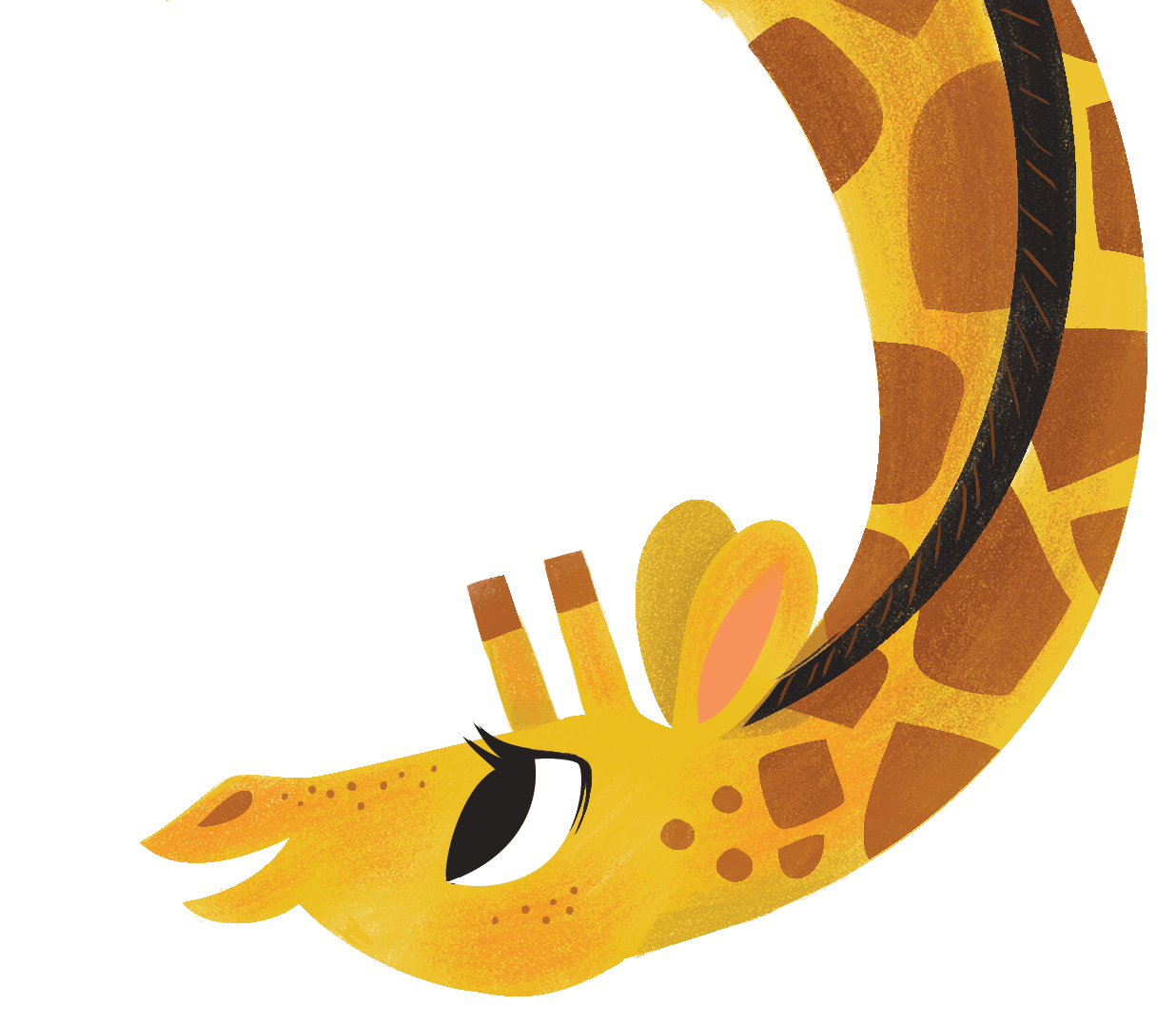 I met my granddaughter in Ethiopia, surrounded by cousins, aunts and uncles, and her other grandparents. Not too many books in that household. Stories, yes.
I met my granddaughter in Ethiopia, surrounded by cousins, aunts and uncles, and her other grandparents. Not too many books in that household. Stories, yes.
Ethiopia has many ways to tell her stories. Names, for one.
Hiwot, my daughter-in-law, was practically a baby when her mother and father, during the time of the communist government, were arrested and thrown in prison. Her aunt carried her to the prison. Seeing the child, a guard had pity and released her mother. Hiwot was given her name–which means life–because she gave her mother life.
 Architecture for another. In Lalibela, where
Architecture for another. In Lalibela, where  16 U.S. teachers will soon be visiting, every bridge tells a story. Every gate tells a story. Every window tells a story. Every cross tells multiple stories.
16 U.S. teachers will soon be visiting, every bridge tells a story. Every gate tells a story. Every window tells a story. Every cross tells multiple stories. For centuries, people who could not read any words have been able to walk through Lalibela and read the stories.
For centuries, people who could not read any words have been able to walk through Lalibela and read the stories.
Paintings tell stories of  angels and saints and monsters and kings. St. George gallops on the wall killing the dragon over and over in many places.
angels and saints and monsters and kings. St. George gallops on the wall killing the dragon over and over in many places.
All over Ethiopia, stories are told in complicated songs that the likes of me will never understand. Drums can be read if you know the language. Some of the stories are mean…all about who’s in and who’s out and who’s more ferocious than whom. Some of them are head-achingly complicated, like the real history I wove into my first American Girl book, Saba: Under the Hyena’s Foot. I’ve been reading some of that history again, getting ready to head to Ethiopia on Monday.
 I went to Ethiopia when I was two. When my granddaughter was two, she came to America. She landed PLOP in a world of books–and, wow, did she take to them and did I love reading to her.
I went to Ethiopia when I was two. When my granddaughter was two, she came to America. She landed PLOP in a world of books–and, wow, did she take to them and did I love reading to her.
I’m saying “did” because she’s moving this weekend. Wow do I hope she keeps on reading those books.
Some stories need to be told over and over–heard over and over–and even then they might or might not sink into the human heart.


